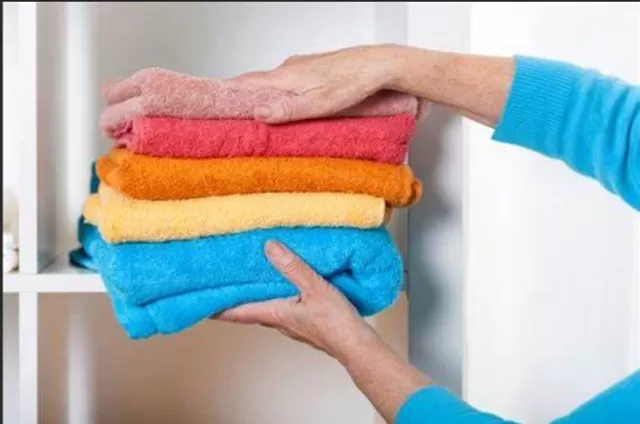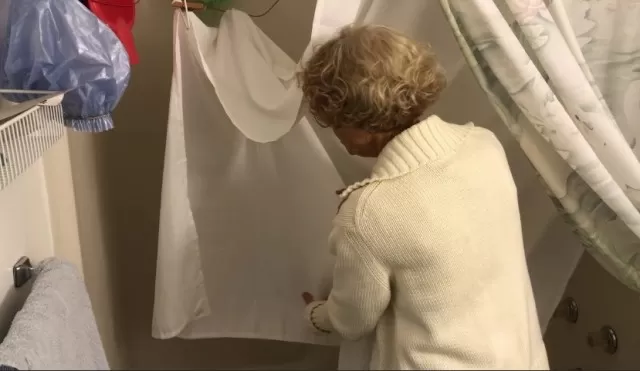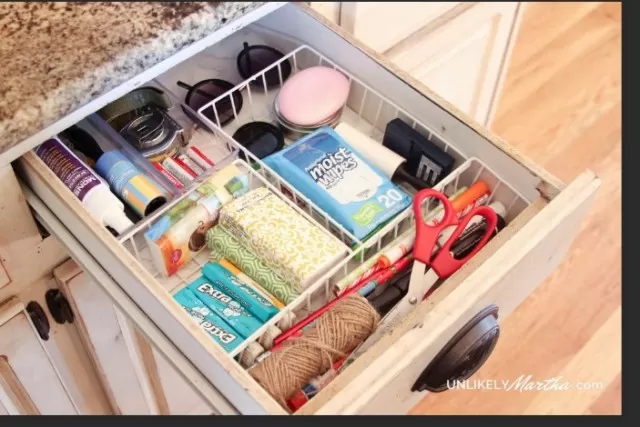Solving Your Common Bathroom Dilemmas.A brief examination of the most frequently searched terms highlights several key sentiments regarding people’s attitudes toward their bathrooms: a common perception that they’re too cramped, often cluttered, and plagued by recurring issues such as clogs and leaks.
Maximizing Storage in Your Compact Bathroom: Creative Tips and Tricks

Begin by incorporating numerous hooks and investing in a mirrored medicine cabinet to optimize storage.
Affordable stacked storage units can be a game-changer, offering ingenious solutions to make the most of the space beneath your sink, within your shower, and behind the bathroom door. Discover additional space-enhancing ideas through online research or explore the diverse storage solutions available at your nearby home goods or hardware store.
How to Resolve a Persistent Running Toilet Issue
Start by attempting to resolve the problem by jiggling the handle.
If this simple fix doesn’t halt the toilet from running, take the next step and remove the tank lid for a closer inspection.
How to Effectively Address a Blocked Toilet

Initiate the process by retrieving your trusty plunger.
Ensure that its rubber flange is fully extended to create a tight seal. Position it to cover the toilet’s opening and commence the plunging action, starting with gentle, controlled movements and gradually increasing the force.
If, after approximately 15 to 20 attempts, the water stubbornly refuses to drain, your next course of action involves either obtaining a plumber’s snake or enlisting the services of a professional plumber.
Addressing Low Water Pressure in Your Shower
If you’re experiencing low water pressure in the shower while other areas of your house have sufficient pressure, it’s likely due to clogged nozzles in your shower head.
Follow these steps to resolve the issue:.
Remove the Shower Head: Carefully unscrew the shower head from the pipe it’s attached to.
You may need pliers or a wrench if it’s tightly secured.
Prepare a Vinegar-Water Solution: In a container, mix equal parts white vinegar and water.
You can use a bowl or a plastic bag to submerge the shower head in this solution.
Soak the Shower Head: Place the removed shower head in the vinegar-water solution.
Ensure that the nozzles are fully immersed in the mixture. Let it soak for several hours or overnight to dissolve mineral deposits and sediment that may be blocking the flow.
Clean the Nozzles: After soaking, use an old toothbrush or a small brush to gently scrub the nozzles and dislodge any remaining debris.
Rinse and Reattach: Thoroughly rinse the shower head with Clean Water to remove any vinegar residue.
Reattach the shower head to the pipe, making sure it’s securely tightened.
Test the Water Pressure: Turn on the shower to check if the water pressure has improved.
You should notice a significant difference in the water flow.
By following these steps, you should be able to restore adequate water pressure to your shower and enjoy a more satisfying bathing experience.
Removing Mold from Your Shower Curtain

To effectively eliminate mold from your shower curtain, you have a couple of options:.
Bleach-Infused Spray Cleanser:.
If you prefer not to remove the curtain, start by spraying the moldy spots with a cleanser that contains bleach.
Allow the cleanser to sit on the mold for a few minutes to disinfect and loosen it.
Then, using a plastic scrubber or a soft brush, gently scrub the affected areas to remove the mold.
Rinse the curtain thoroughly with water to wash away the cleanser and mold residue.
Machine Washing with Vinegar (No-Scrub Solution):If your shower curtain is machine washable, this method can be quite effective. Remove the curtain from its hooks or rings.Place it in your washing machine on a gentle cycle, using cold water.
Add one to two cups of white vinegar to the washing machine as a natural disinfectant and mold remover.Allow the washing machine to complete the cycle.
Once finished, hang the curtain back in place to air dry. Both of these methods should help you get rid of mold on your shower curtain. Remember to keep your bathroom well-ventilated to prevent future mold growth, and consider washing or cleaning your curtain regularly to maintain a mold-free environment.
*The information is for reference only.